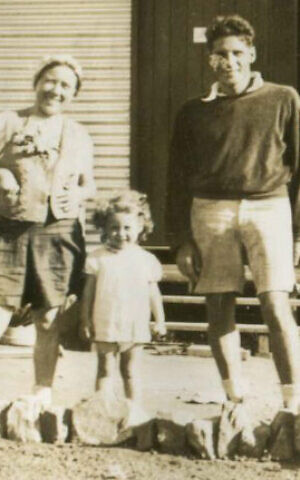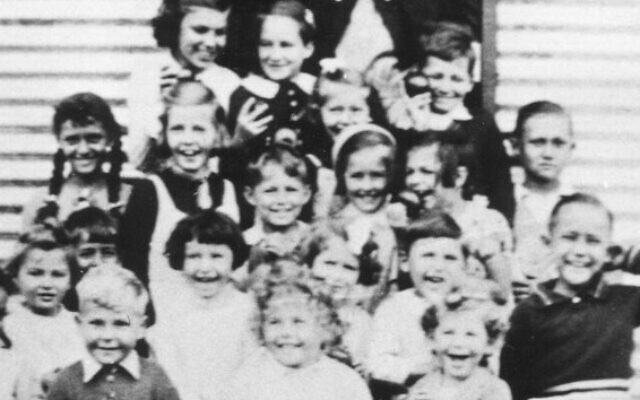Queen Mary refugees mark 80th anniversary
Last week marked the 80th anniversary of the ocean liner Queen Mary docking in Sydney on September 25, 1940. On board were 232 Jewish refugees from Singapore.
“IT always amuses me that at the age of three years and 10 months, I was regarded as a danger to the state, to the country of Australia,” reflected Professor George Fink. The academic was a young boy when interned with family members at a camp in Tatura in north-eastern Victoria during World War II.
Now a grandfather of seven, Fink was among former internees and descendants addressing a webinar last Thursday, the eve of the 80th anniversary of the ocean liner Queen Mary docking in Sydney on September 25, 1940. On board were 232 Jewish refugees from Singapore.
It was a desolate year, with Europe under the Nazis and Britain enduring the Blitz. Lifting morale were Bob Hope and Bing Crosby in their classic cinema comedy, The Road to Singapore.
Fink recalled his mother being fingerprinted when the family arrived at Tatura. “She had done absolutely nothing and was being treated as a criminal, and this always made me somewhat angry.” But he fondly remembers his grandfather Emanuel Weiss crafting toys for him out of tobacco tins, and a breast plate for a miniature Sefer Torah.
Displaying papers showing his release from the camp in 1942, he quipped, “Written in red, it says however ‘released on parole’. So far, the parole has not yet [officially] been lifted, so I gather I might be one of the longest parolees in Australia.”

Remembering St Kilda State School, he said, “I felt an alien, even after we’d been released from Tatura. Whether it was maybe because I was speaking German … or whether at the same time there was a lot of antisemitism.” But Fink thrived, becoming a professor of neuroendocrinology.
The Funk family (later Fink) were Viennese Jews who reached Singapore after Austria’s Anschluss (Nazi annexation). But a year after colonial power Britain had declared war on Germany, concerns were mounting that enemy nationals in Singapore posed a security risk. Like German and Austrian nationals in Britain, the Singapore refugees were expelled.
Each family was offered their choice of a neutral country, but on assurances by officialdom that in Australia they would be treated well “under British protection and on British soil”, most chose that destination.
Some 295 internees – 232 Jewish refugees and 63 Italian or German nationals – departed Singapore on September 18, 1940 on their seven-day voyage to Sydney. The internees were sent by train to the camp in Tatura, which that month had received internees from Britain aboard the Dunera. In 1942, the Tatura internees, and those at Hay in NSW, were reclassified as “friendly aliens” and released.
Ruth Simon (nee Gottlieb) was three when she arrived in Sydney with her Austrian parents Otto and Hannah Gottlieb. After Otto, an engineer, was released from Dachau, the family fled Europe. En route to Shanghai, they reached Singapore, and Otto worked at Malayan tin mines. In Tatura, little Ruth “was aware of sadnesses but I’m not sure I knew what they were”.
The anniversary event was organised by Duldig Studio, whose founder and patron Eva de Jong-Duldig’s parents Karl Duldig (later a famous Australian sculptor) and Slawa (nee Horowitz), had arrived on the Queen Mary. Eva, who was two years old, recalled her mother being terrified about having to wear a numbered sign at the camp.
Descendants of Queen Mary arrivals addressing the event included Jewish Community Council of Victoria president Jennifer Huppert, Jewish Holocaust Centre director Jayne Josem, St Kilda Shule CEO Rabbi Ronnie Figdor, Marita Seefeld, Janet Arndt and Joannah Huntley-Commere.
Introducing the webinar, Dr Seumas Spark, a co-author of Dunera Lives, said he had become acquainted with the story of the Queen Mary internees “through the story of the Dunera internees”.
Citing the larger numbers of Dunera arrivals, he reflected that “the two stories are told in parallel, though too often, the Queen Mary can seem the poor cousin”.


comments